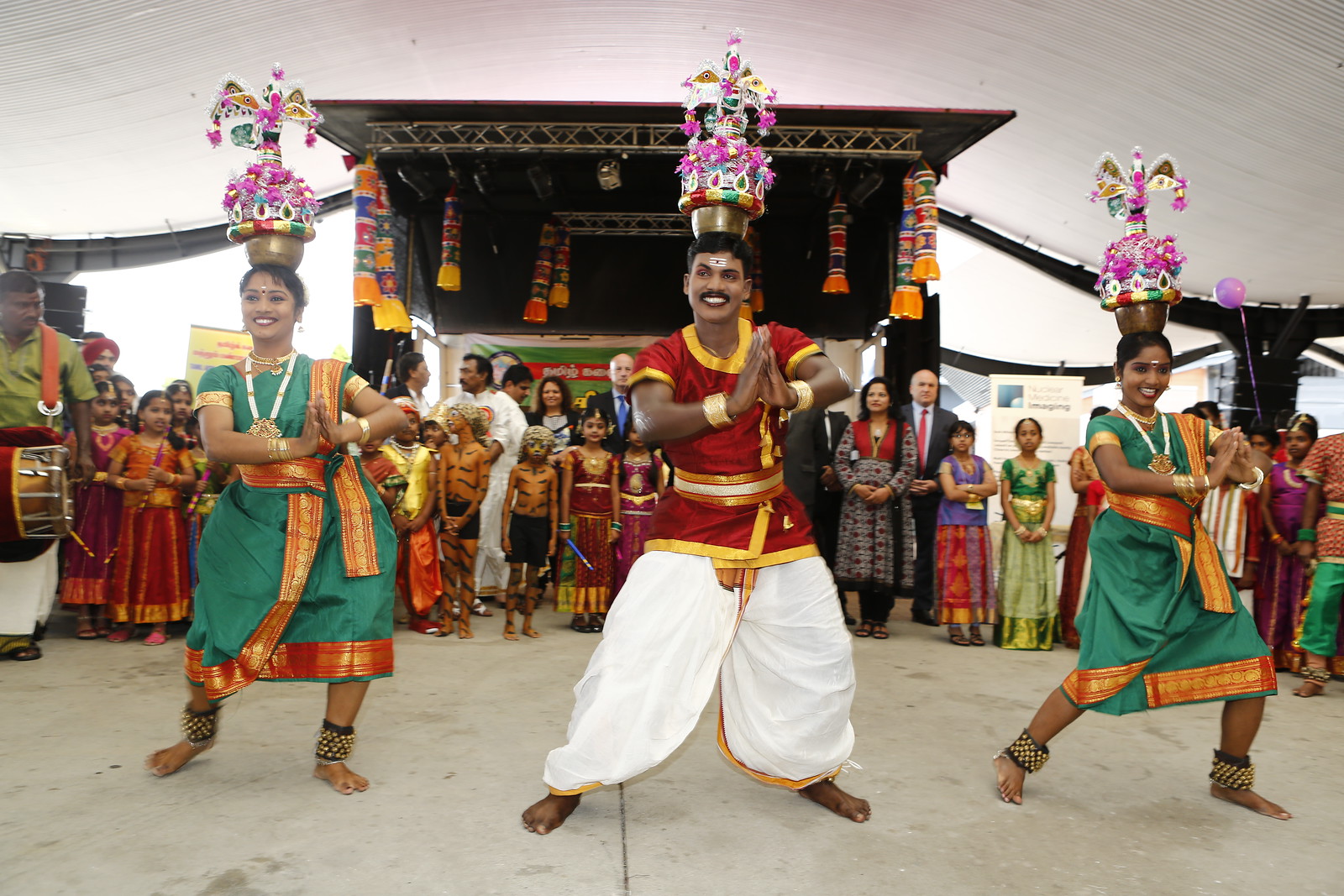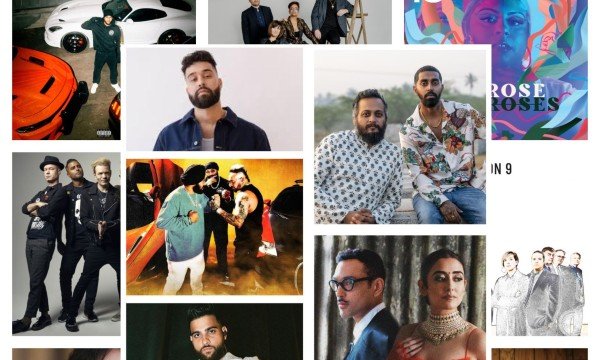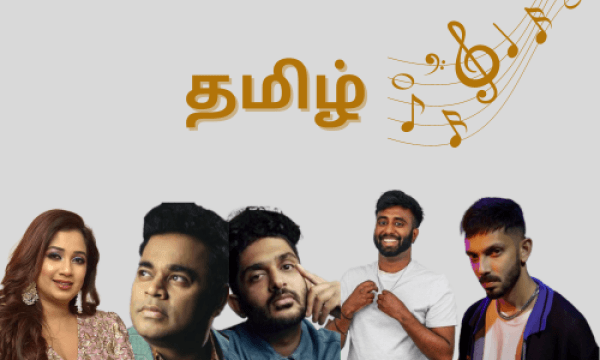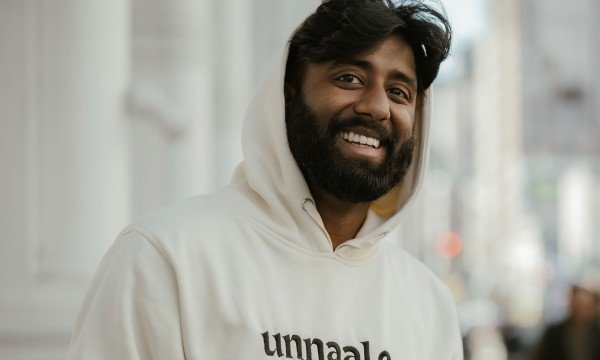
Vijay TV’s popular show “Neeya, Naana” made me realize what a huge role media plays in broadening our understanding of the world we live in. On the show, I watched Folklore Artists of Tamil Nadu, India, debate the value of their art against those who didn’t see its relevance today. It became clear that poverty and humiliation were the prices the performers paid to preserve their art form. But it was a simple thing that made it so—a lack of awareness. The show left me wanting to learn more about Tamil Folklore Arts, and when I started looking I found out about Karagattam, Naatu Koothu, Oyilattam, and Devarattam. Of all these, it’s Naatu Koothu that seems to have made a place for itself right here in Toronto.
Naatu Koothu, translates to “Folk Step” in English and incorporates singing and dancing throughout the performance. “Naatu” is derived from “Naadu” (country where the performance comes from). “Koothu” comes from the word “Kudhi” (heel of the foot, which is thumped on the stage to start the performance). It was traditionally performed on a circular stage which allowed the audience to sit right around the performance, and for the performance to be interactive. The instrumentalists would in the midst of it all, playing the Melam (a type of Drum), Sallari (Cymbals) and Sangu (Conch) as the performance was narrated.
Naatu Koothu began as a hobby in the villages of Tamil Naadu, once the harvest was complete. Villagers based performances on popular myths to entertain the village and inspire creativity. Performers were well respected, and villagers were even known to present their daughters in marriage to them. It was also performed as a “Nerthi Kadan” (vow to the village God) when praying for things like rain or a good harvest. To this day, Koothu is performed as a vow at the Bathrakali Ammam temple in the town of Parithithurai, Jaffna, from eight at night to sunrise the next day.
There are two main types of Koothu: Vadamodi and Thenmodi. Vadamodi tends to depict myths from the Northern part of India such as the Hindhu epics Mahabaratha and Ramayana. The rhythms are fast, the costumes elaborate, and the themes usually tragic. Thenmodi is slower in rhythm, has intricate songs, showcases stories from Tamil Naadu with pleasant endings, and includes simple costumes.
Though it was popular in the 18th and 19th Centuries, Naatu Koothu has become a rarity of our times. Even though it originated in India, it is difficult to find performances there, even in rural villages. With the association of Koothu to the lower caste, and competition from pop culture for a place in society, the need to revive older art forms receives little attention. Instead, importance is given to art forms such as Bharatha Natyam and Carnatic music as they are associated with the highest caste. Despite all this in parts of Sri Lanka (Batticaloa, and parts of Jaffna and Mannar) there is a vibrant Koothu Culture.
So what makes Naatu Koothu more accessible and appreciated in Sri Lanka than India? It comes down to the integration of Folklore Arts into the education system. Be it a Tamil text book or a school festival, folklore arts are represented as part of Tamil heritage in Sri Lanka. At the University of Batticaloa there is a Faculty for Dramatic Arts in which they teach Koothu as part of the curriculum, and even promote it amongst Tamil youth.
When all is said and done, whether it’s Koothu or Karagattam, the stigmas of being unworthy or irrelevant need to be eliminated and media will have an important role in this. I am thankful to Vijay TV for creating a forum for discussion as a first step. As to next steps, they are really quite simple: learn more about this diverse heritage, and take the time to appreciate the wealth of culture we’ve inherited.
- Parthiban Manoharan
*This article was made possible by the support of Mr Arunthavanathan - Department Head and Lecturer, University of Jaffna & Naatu Koothu).
*Acknowledgement to Mr Arunthavanathan - Department Head and Lecturer, University of Jaffna & Naatu Koothu Performer for the pictures.

























